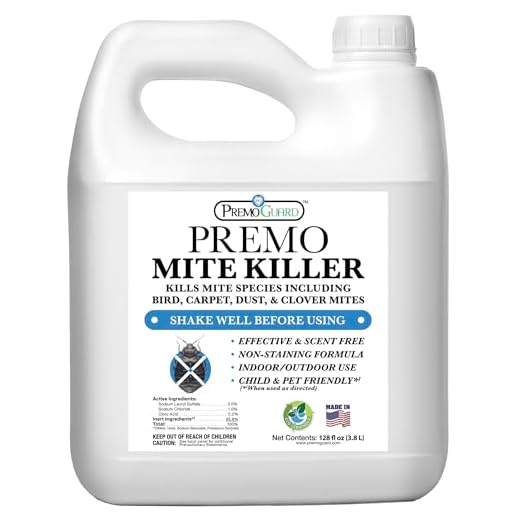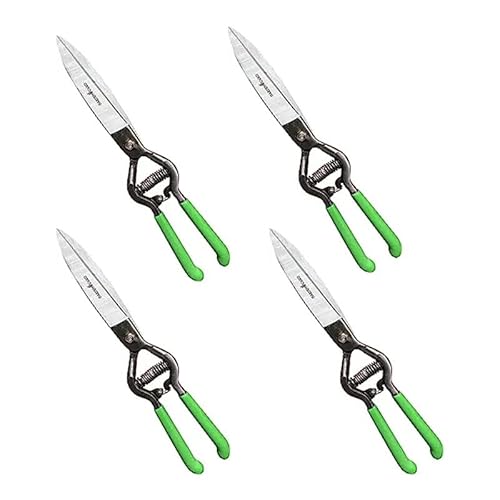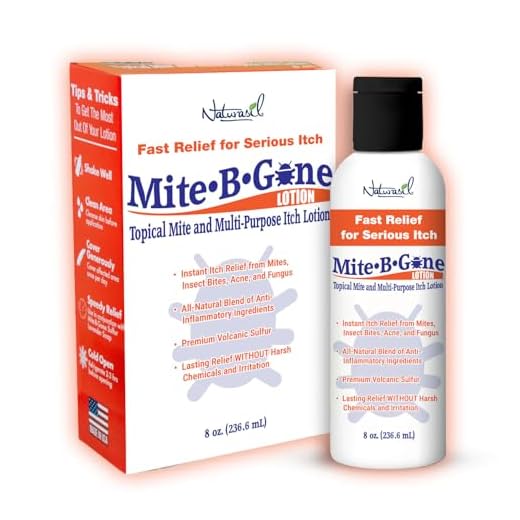

The small arachnids can be found in the garden in summer and autumn and infest dogs, domestic cats and other mammals. Humans are also affected. Their bites cause itchy pustules. With our tips, you can quickly get rid of the pests.
Fact sheet: What are grass mites and autumn mites?
Grass mites and autumn mites are often confused with each other. While true grass mites only suck on plants, autumn mites, often called harvest mites, autumn grass mites or hay mites, primarily infest living things. The Latin name is Neotrombicula autumnalis.
To date, about 1,000 different species of this mite are known, belonging to the genus of walking mites. Predominantly, autumn mites are found in Central Europe.
Occurrence: When do autumn grass mites occur and how do they get into the garden?
Grass mites love it warm. Therefore, they occur more frequently in the summer months. Between June and July are the best conditions for the mites to hatch. The adults usually live up to half a meter in the ground.
The little animals often find their way into your garden through infested domestic or wild animals, but may also have already found a home in topsoil when it is delivered.
Treatment: How long do the bites of autumn grass mites itch?
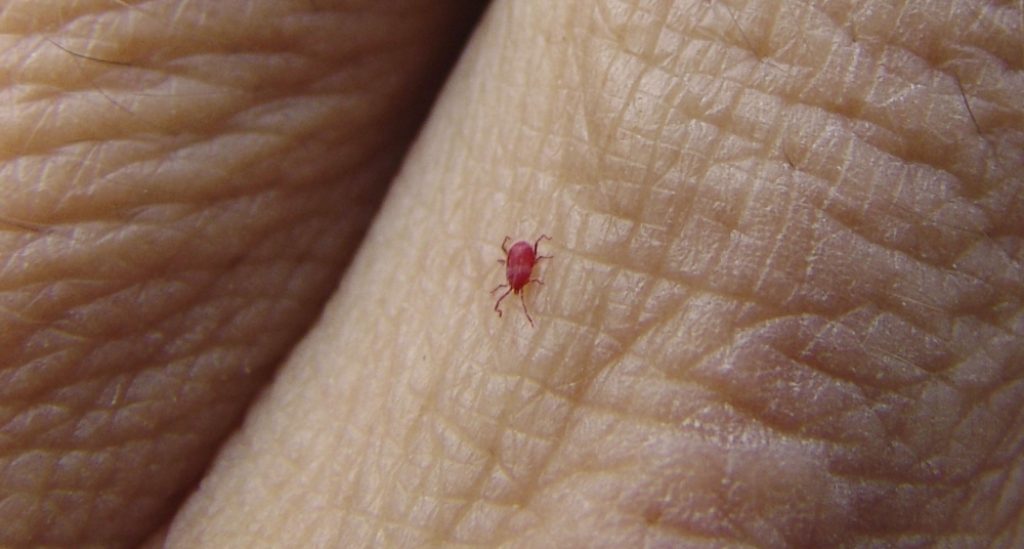
Although autumn mites do no damage to plants or your lawn, the tiny arachnids can become a real nuisance in a garden, and can be particularly unpleasant for humans and animals. This is because the little pests prefer to bite the backs of people’s knees and the crooks of their elbows, causing severe itching and skin eczema.
Already a few hours after the bite of an autumn grass mite you will recognize small, red, strongly itching wheals on the skin. These are only a few millimeters in size and round. The itching can last from several days to a few weeks. It is best to use an antipruritic preparation from the pharmacy so that the bites are not scratched open.
The mite itself falls off the host after a short time and cannot survive in the house or apartment. In addition, the autumn grass mite, unlike the tick, is not considered a carrier of diseases such as Lyme disease.
Treatment: How do I recognize mite bites in pets?
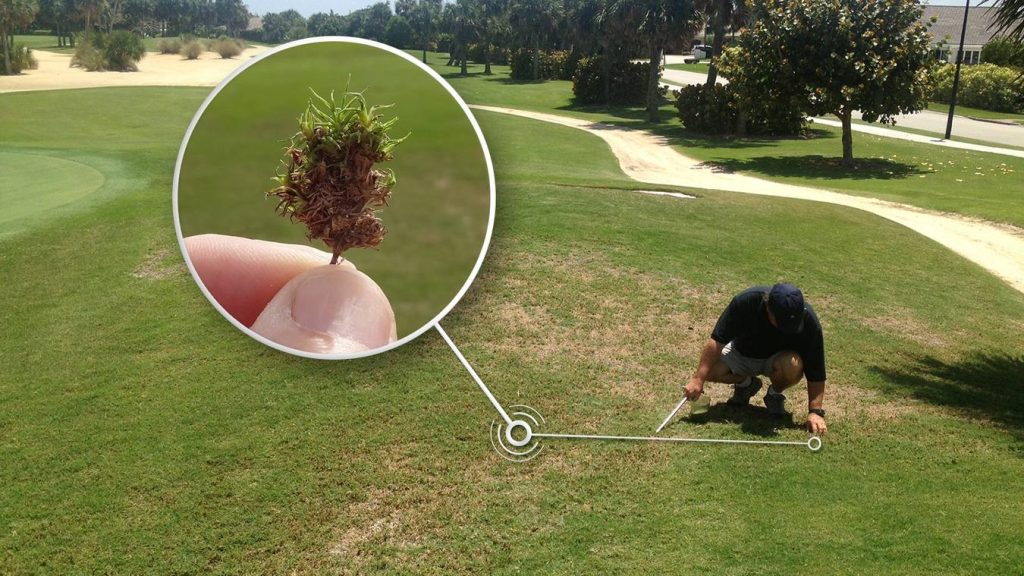
If your pet frequently licks its paws after playing in the grass or repeatedly scratches the same part of its body, it could be mite bites. Often these areas quickly become sore as a result and the hair falls out. As with humans, the affected areas should then be treated with appropriate preparations. If the itching is too strong, the veterinarian should be visited.
Detection: Can autumn mites be detected with the naked eye?
The tiny, reddish animals, usually between 0.2 to 0.3 millimeters in size, can hardly be seen with the naked eye, which of course makes control more difficult. And the more autumn grass mites there are, the more difficult it is to get rid of them. Unfortunately, there are few known natural enemies.
Control: How to get rid of grass mites?
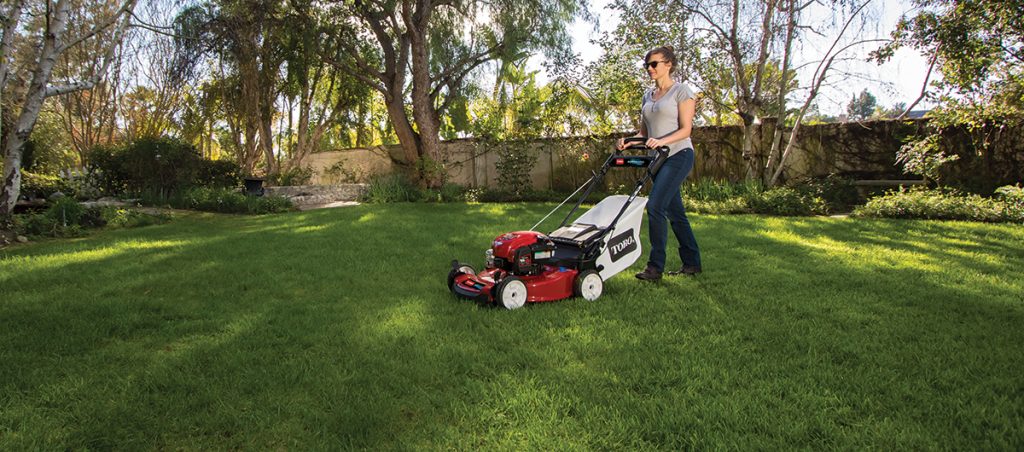
If you have discovered autumn grass mites, there are some measures you can take. It is important that no one steps on the lawn barefoot now. Spray your legs with insect repellent and make sure you take special hygiene measures after any gardening.
Our tips for controlling fall grass mites:
- Mow your lawn at least once a week with a gasoline lawn mower or conveniently with a robotic mower
- Compost lawn clippings or dispose of them directly in the organic waste bin
- Scarify and fertilize regularly
- Turn on the sprinkler more often during dry periods
- Use special grass mite concentrate to control them
- Apply a calcium cyanamide fertilizer in the spring
Can real garden mites survive indoors?
If your lawn infestation is true grass mites, be especially careful not to bring your garden shoes indoors and wash your garden clothes well after each use. The true grass mite not only feels right at home in your garden, but can also infest houseplants indoors. Ideally, the distance between your garden and the house should be two to three meters. That way, the grass mites can’t migrate into the house.
You can also find more information about harvest mites on Wikipedia: en.wikipedia.org/wiki/Neotrombicula_autumnalis


